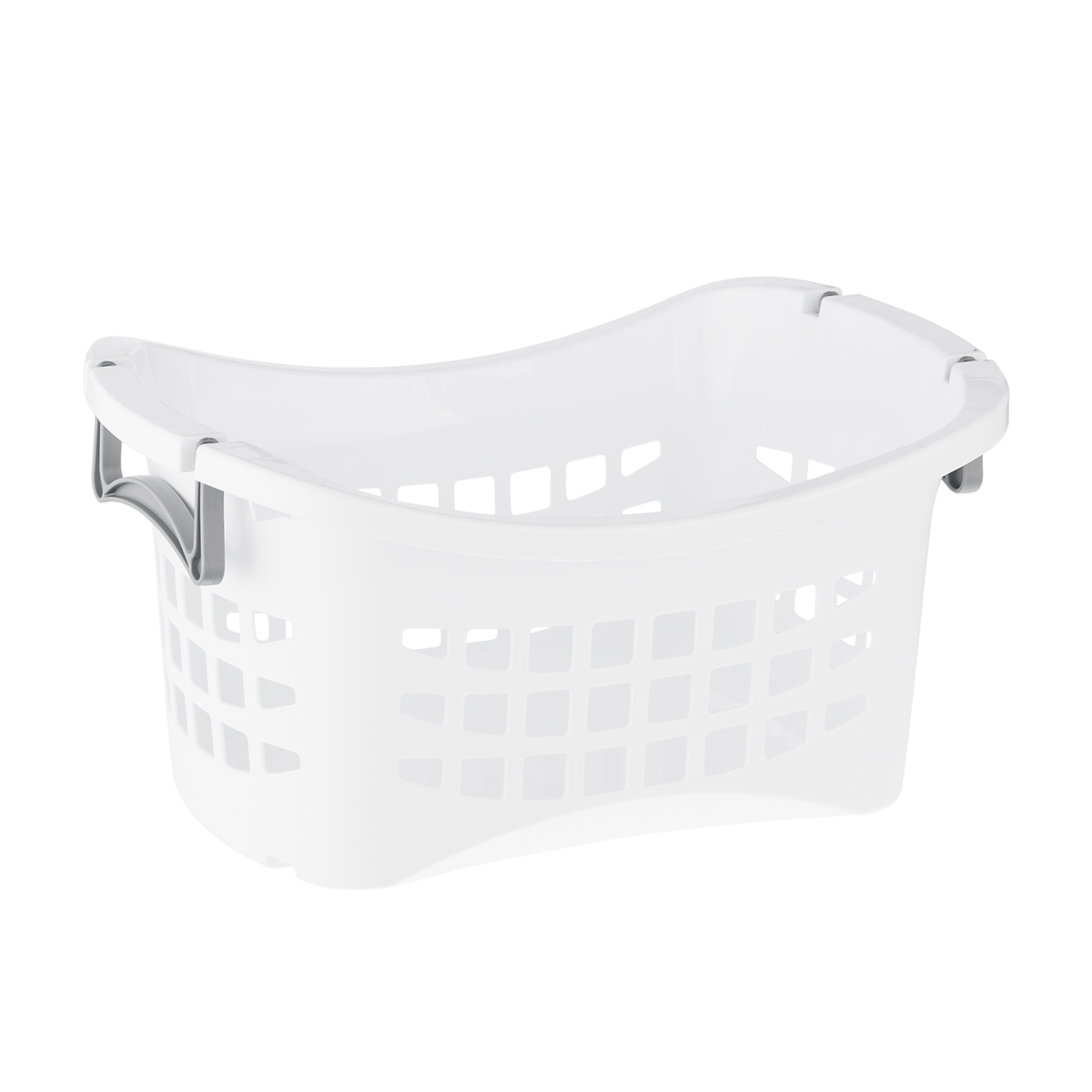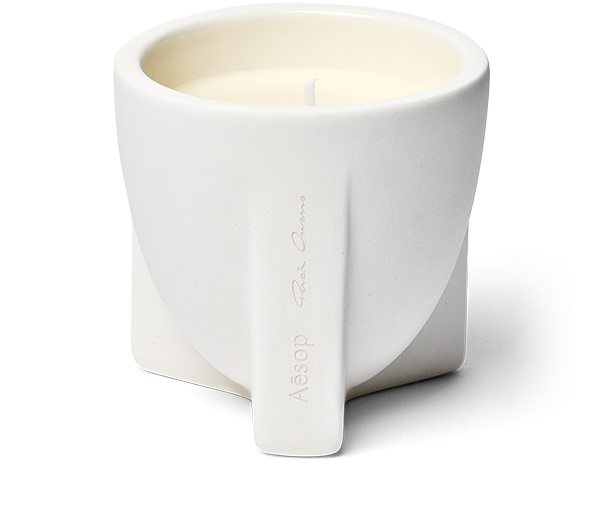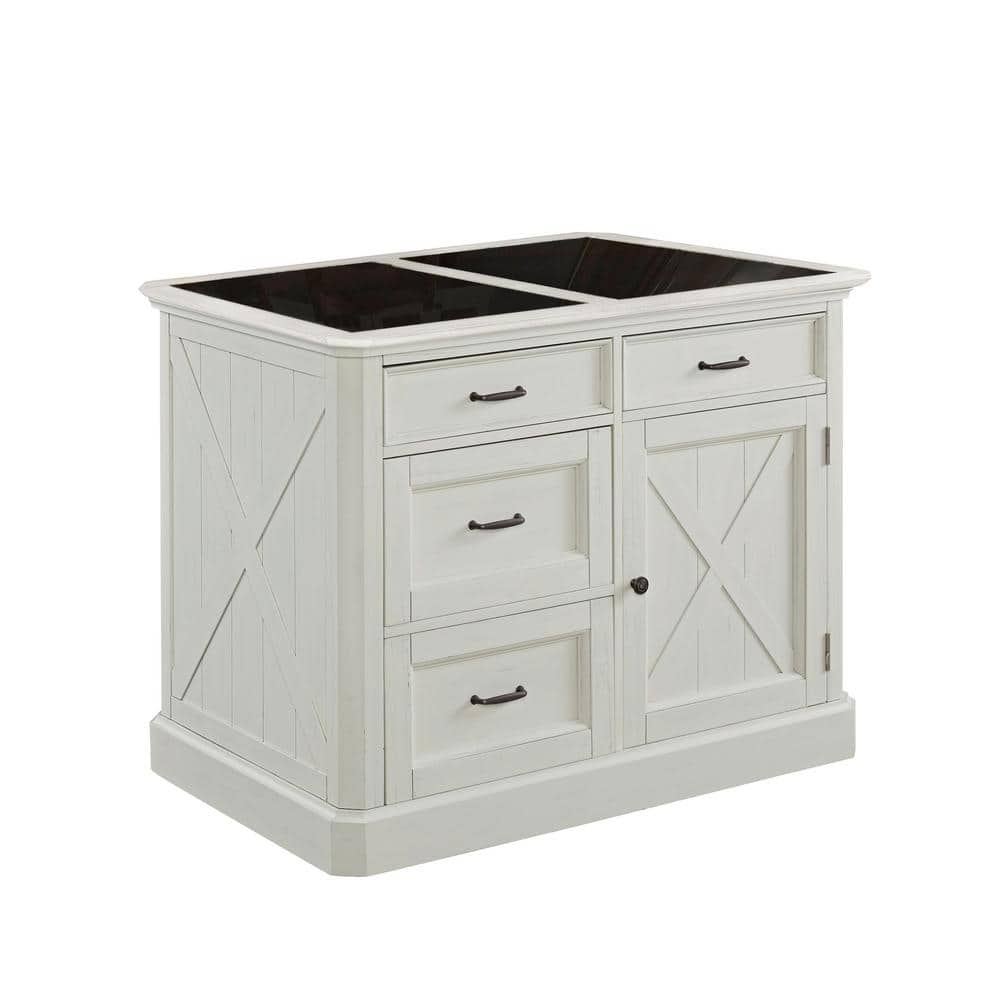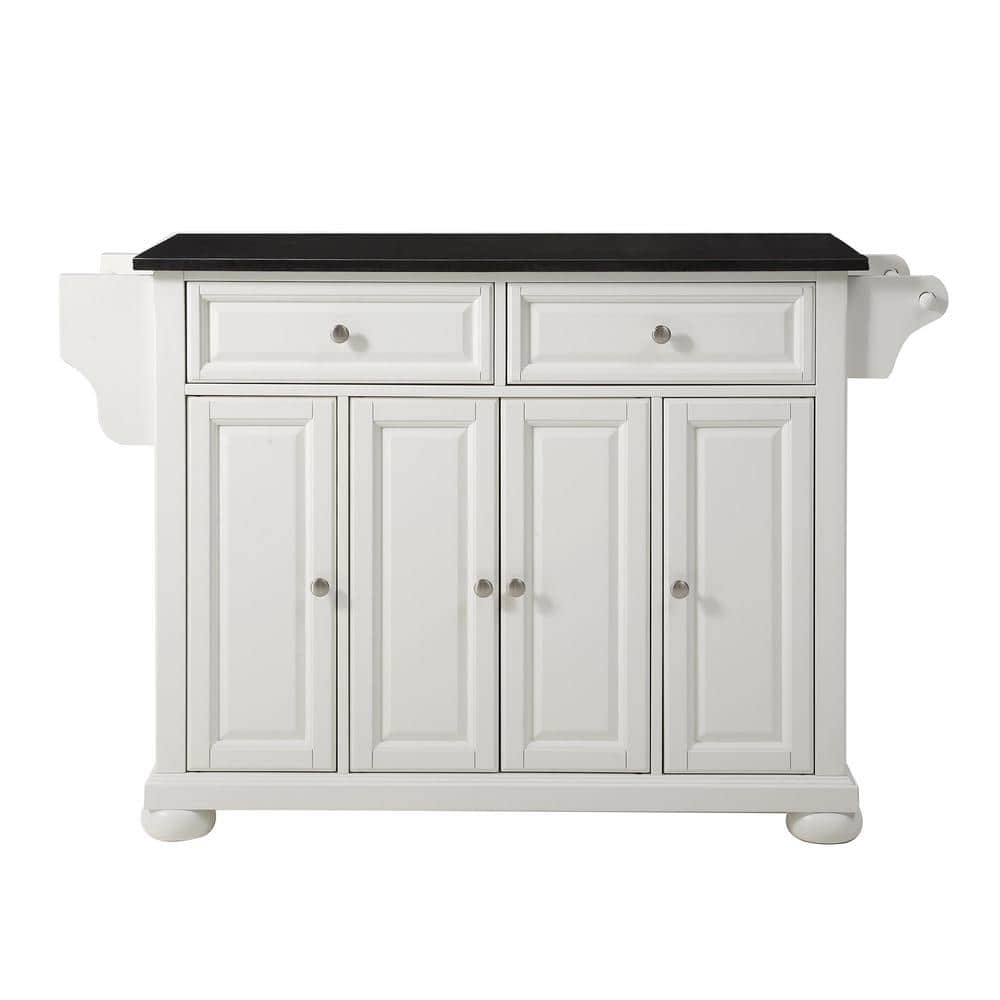White Stackable Laundry Basket with Grey Handles | The Container Store
Keep laundry from piling up with our ventilated Stacking Laundry Basket. It holds a full load of clothes and its ergonomic design makes it easy to carry. Multiples can be stacked so that each family member has their own or to make sorting easy. Once laundry is done, sort it back into individual baskets and stack them up for each family member to carry away.
Keep laundry from piling up with our ventilated Stacking Laundry Basket. It holds a full load of clothes and its ergonomic design makes it easy to carry. Multiples can be stacked so that each family member has their own or to make sorting easy. Once laundry is done, sort it back into individual baskets and stack them up for each family member to carry away. They also make great stacking vertical bins for organizing a game room or child’s room, and they can nest when empty for compact storage.






by Monica
I bought a bunch of these and stacked some in my kid’s room, some in our bathroom closet and some in our laundry room. The vertical approach really helps to keep things sorted and organized. I had thought they were a bit smaller than my usual laundry basket, but I prefer them. The handles make the way to transport.
by James
I have a small area in my laundry room – across from the washer and dryer, next to the door – that is wasted space! I have thought about building a laundry basket holder, but when I found these, my problem was solved! One basket for each bedroom and we’ve got ourselves a simple, but super functional system!! And I saved lots of $$ not having to buy wood and hardware!!
by Steve
I’ve been using this laundry basket for over a year. I notice some people complain about the “handles” breaking off. I’m not sure why this might happen for them, but I suspect it might be because they are using what they call the handles to carry heavy loads of laundry. I believe the secret to maintaining the durability of this basket is to never use the “handles” for carrying the basket. Instead, only use them if you are stacking baskets, or for locking the baskets together if you are nesting them for storage. These baskets are quite easy to carry using just the curved edges, and your basket will last indefinitely if you treat it this way.
by Laura
Thoughtful design makes all the difference. The handles—the handles! They attach or detach. They flip over the top to the inside and line up with slots on the bottom for perfect stacking. They flip back down to the outside for perfect nesting. The size—also perfect! These baskets are not ginormous. They hold EXACTLY one load of clothes for my front-loading LG machine. I got a bunch, so everyone in the house has one and we have a few for towels, linens, and overflow. The quality of materials is far better than competing brands, and the price is actually lower.
by Melikiko
It a laundry basket could be smart, these should be called smart laundry baskets. I had been using them for three years now and got rid of every single other hamper I got. I am still thinking of ways how to crack them like in some other reviews. Perhaps putting cinder blocks in them or your kids may achieve the goal.
by Lori
If you do laundry at a laundromat, you will love these baskets! The handles fold over on top and the next basket has slots in its bottom to fit the handles exactly – they kind of lock in place. While stacked, you can put dirty items in from the side; sort laundry as you use it, not at the busy laundromat. Each basket holds exactly 1 load. Easy to carry from car to laundromat due to shape sitting close to body. The basket is short enough to fit just under a front loader on the floor! Just open the machine door and scoop stuff right in. Once empty, they fit one inside the other and then, wait for it, .the handles fold upwards and actually lock to the basket above! Carry the set (I use 3-4 each week) to the folding table with ease because the set is light enough to do that. At folding time, set them up on the folding table end to end (they are narrow in width) and fold on the front of the table. Put each thing in its respective basket as you fold (one for each room or closet). Here comes the best part. Stack the baskets of folded laundry into the laundromat’s rolling cart (create a tower), hold the top basket, and push it to your car in one trip! I’ve been stared at when I do this as they think I just put dirty basket bottoms on the clean clothes below. Because, when stacked, you really can’t see the handles holding the basket above. (PS – I have used these now for almost a year and have had NO issue with the handles.) Stop looking and buy these baskets!
by Sonja
I now have two of these baskets. The quality is excellent. They are made with a rigid plastic so it won’t twist or lose its shape. The bounce it accidentally dropping on the floor. Great size and easy to carry.